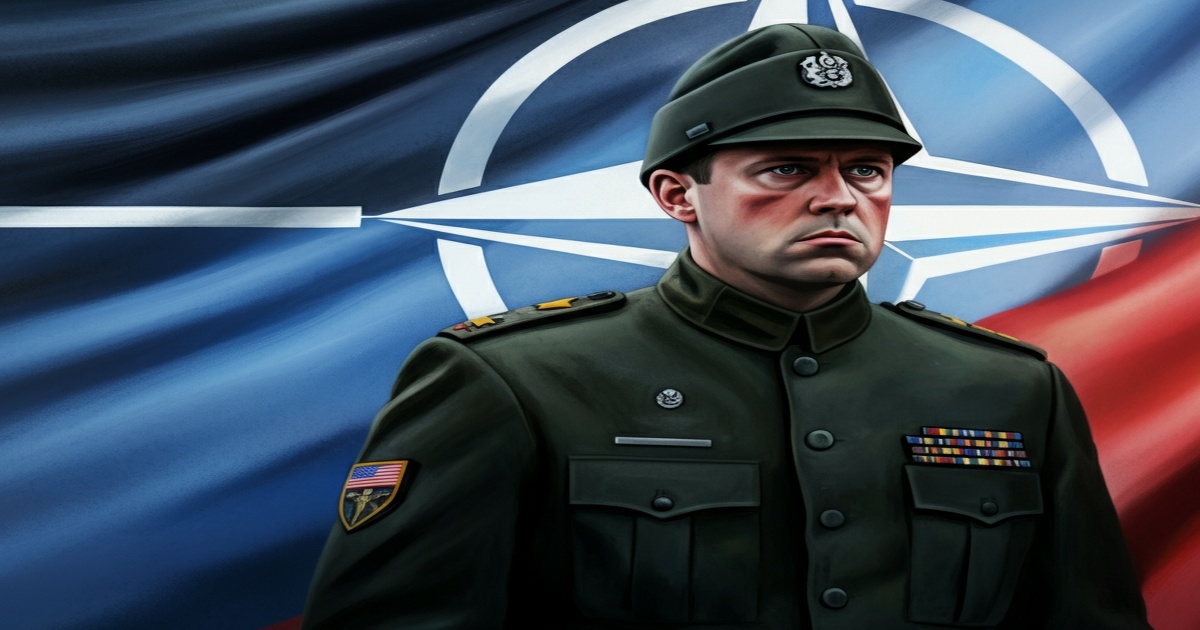At a summit in The Hague, Netherlands, NATO leaders approved an ambitious goal to significantly increase defense spending. The alliance endorsed a new target of 5 percent of GDP by 2035. This figure encompasses both direct military spending, with a core benchmark of 3.5 percent, and an additional 1.5 percent allocated for strategic resilience, cybersecurity, and industrial readiness.
This spending plan represents a substantial shift from the previous NATO goal of 2 percent of GDP, a target that many member states have struggled to achieve. While some nations, such as Poland and the United States, already surpass the new targets, others have voiced concerns regarding the financial and political feasibility of such increases.
Several countries have expressed reservations. Italy's Defense Minister has previously described the 5 percent target as unrealistic, warning of potential threats to essential social services. Belgium's Foreign Minister labeled the 5 percent ambition as excessive, citing budget constraints and public welfare considerations. Spain, while committed to meeting new capabilities targets, considers its current defense spending sufficient and compatible with its welfare state.
NATO's Secretary-General emphasized the necessity of increased defense spending, citing growing global security challenges. He highlighted the significance of the new spending target and plans to boost defense production. He stated that allies would agree to further increase defense production to equip their armed forces, leading to a significant expansion of the defense industrial base.
Experts have cautioned about the potential pitfalls of increased spending. One professor warned that without prioritization and coordinated defense-industrial development, increased spending could lead to financial inflation without strategic gains. Another expert emphasized NATO's role as a stabilizing force, focused on war prevention rather than direct conflict.
The summit was met with protests from anti-war activists who expressed their opposition to military expansion and increased defense spending. Protesters advocated for investments in peace and sustainable energy, criticizing the arms industry as a primary beneficiary of NATO's policies. They warned that increased military budgets would likely lead to cuts in public services.







5 Comments
ZmeeLove
This shift away from social spending is a disaster in the making, which may fuel conflicts.
Coccinella
Cybersecurity and industrial readiness are crucial. This plan addresses modern threats head-on.
Bermudez
We need to show our allies that we stand with them and that we're prepared to fight.
Comandante
We need peace & diplomacy, not tanks and missiles. Time to invest in sustainability, not destruction.
Michelangelo
I’m worried about a potential escalation of conflicts. Investing in conflict resolution is the solution.